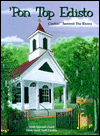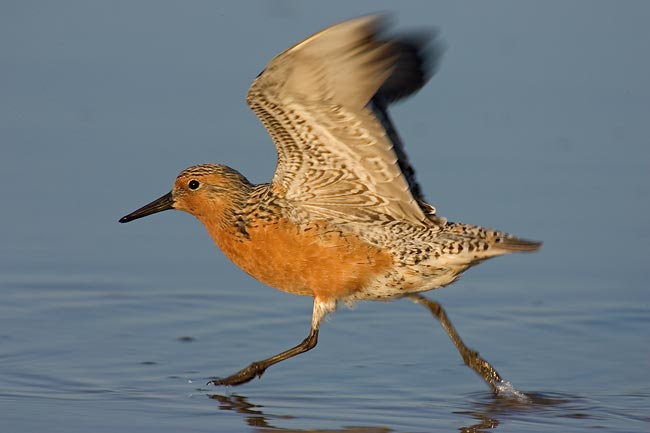
Although it’s meat-free Friday, I know many greenmomsters like to cook fish on Friday, so today’s post is a little different. Thanks to a world population of 7 billion people and
industrial fishing methods, many of the world’s fisheries are severely depleted (and under-regulated fish farming can lead to severe pollution). So what’s a greenmomster with a hankering for fish supposed to do?
The Monterey Bay Aquarium has an app for that! Here’s the
link for a cool app that tells you which fish populations are currently severely depleted and which populations are currently relatively healthy. You can head to the grocery store or fish market armed with your phone and make environmentally-friendly decisions as you choose tonight’s dinner. Of course, greenmomster always encourages you to eat as low on the food chain as possible, but we know that once in a while you just feel like some fish!
So let’s say you find some sustainably raised and harvested
shrimp – why not make a little citrus shrimp? This recipe is adapted from a cookbook we bought during our annual visit to beautiful Edisto Island SC,
‘Pon Top Edisto, by the congregation of Trinity Episcopal Church.
 Citrus Shrimp
Ingredients
Citrus Shrimp
Ingredients
2 lbs raw shrimp
1/4 cup butter
2 oranges, peeled and separated into slices
2 lemons, sliced
Instructions
- Preheat broiler to 500 degrees
- Clean shrimp and spread in a broiler pan. Dot with butter, orange, and lemon slices
- Broil until the shrimp are pink, stirring often.














 This week’s meat-free Friday recipe is
This week’s meat-free Friday recipe is  This is an important step in protecting these shorebirds (the other endangered shorebird on the eastern U.S. coast listed under the U.S. Endangered Species Act is the
This is an important step in protecting these shorebirds (the other endangered shorebird on the eastern U.S. coast listed under the U.S. Endangered Species Act is the